Introduction
In the demanding world of logistics and transportation, understanding the intricacies of managing semi-trailers is vital for efficiency and safety. Accurately learning about the correct procedures when uncoupling the rear semi-trailer not only enhances operational effectiveness but also ensures the safety of your crew and equipment. Let’s delve into the essential steps, tools, and best practices for this critical task.
Understanding the Coupling Mechanism
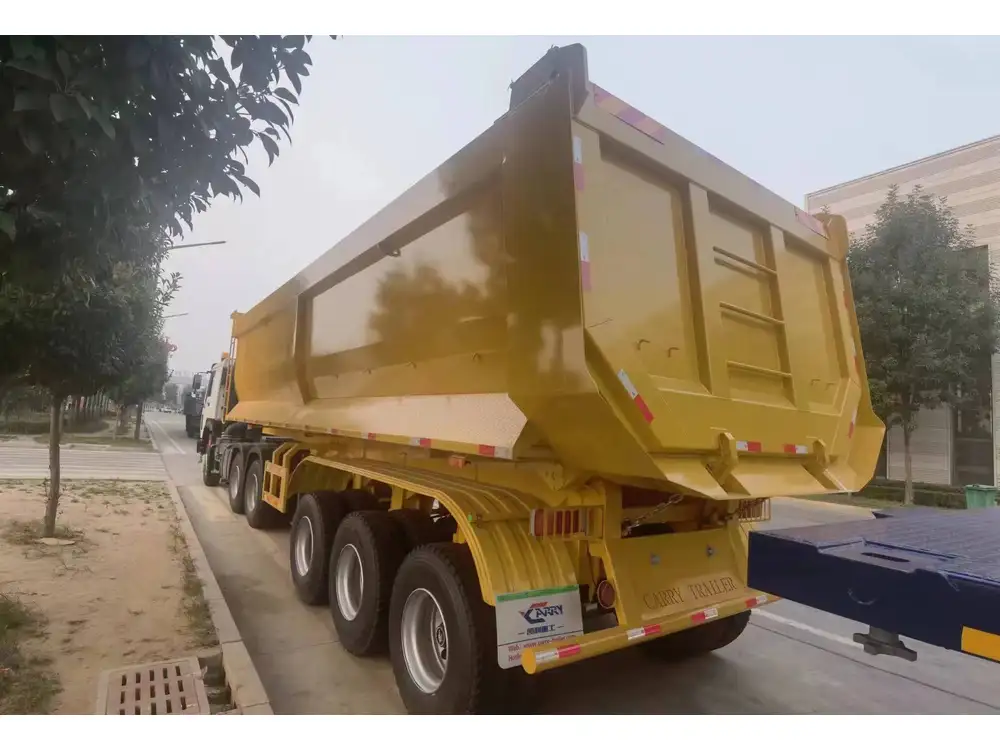
The Basics of Semi-Trailer Coupling
Before we explore the uncoupling process, it’s essential to comprehend the coupling mechanism. Semi-trailers utilize a fifth wheel coupling to connect to the tractor unit. This coupling allows for a high degree of articulation, crucial for navigating tight turns and uneven terrains.
| Component | Function |
|---|---|
| Fifth Wheel | Provides the primary connection between tractor and trailer |
| Kingpin | The vertical pin that secures the trailer to the fifth wheel |
| Locking Jaws | Grips the kingpin to prevent disconnection during transit |
Risks Associated with Improper Uncoupling
Uncoupling the rear semi-trailer may appear straightforward; however, numerous risks accompany improper techniques. These include equipment damage, potential accidents, and injury to personnel if the procedure is not followed correctly. Therefore, a thorough understanding of the procedure is essential for mitigating these risks.
Pre-Uncoupling Checklist

Essential Safety Precautions
- Personal Protective Equipment (PPE): Ensure all personnel wear appropriate PPE including gloves, high-visibility jackets, and steel-toed boots.
- Inspection of Equipment: Before uncoupling, conduct a thorough inspection of the trailer and coupling components for any signs of wear or damage.
- Secure the Area: Notify all personnel in the vicinity that uncoupling is about to commence to avoid unnecessary accidents.
Equipment Needed
| Equipment | Purpose |
|---|---|
| Wheel Chocks | Prevents movement of the trailer during uncoupling |
| Hydraulic Jack | Assists in lowering the trailer when necessary |
| Hand Signals | Ensures clear communication between team members |
Step-by-Step Uncoupling Procedure
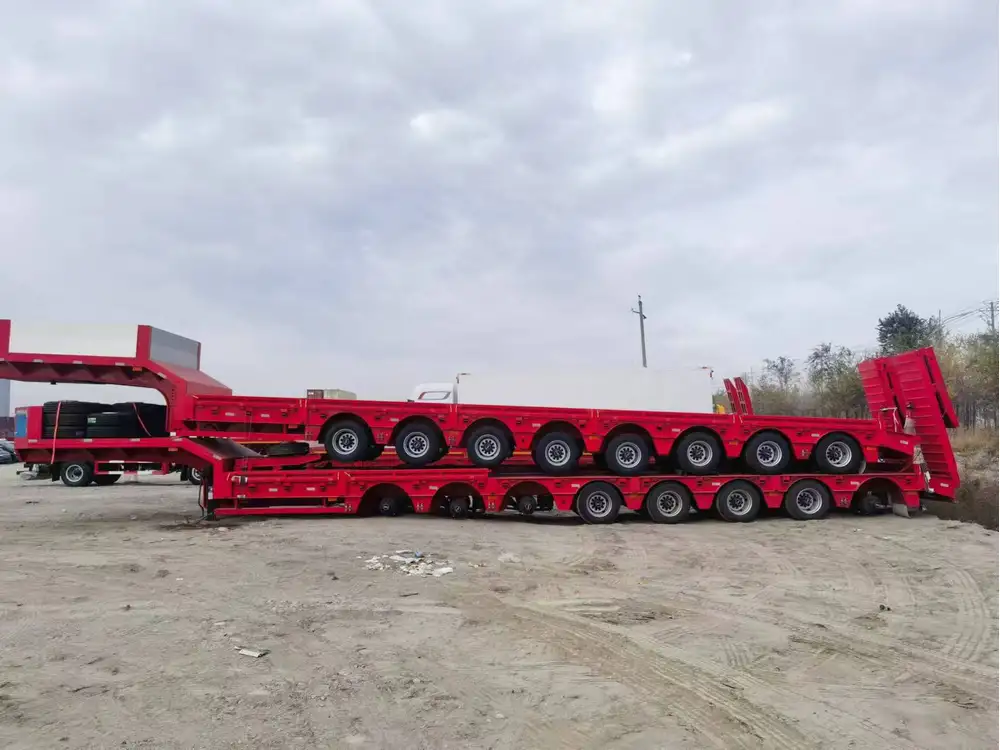
Step 1: Position the Tractor
- Park on Level Ground: Before initiating the uncoupling process, ensure that the tractor-trailer assembly is parked on a stable, level surface.
- Apply the Parking Brake: Engage the parking brake on the tractor to prevent any unintended movement.
Step 2: Secure the Trailer
- Apply Wheel Chocks: Position wheel chocks against the rear wheels of the semi-trailer to ensure that it remains stationary during the uncoupling process.
- Lower the Landing Gear: If necessary, using the hydraulic jack, lower the landing gear of the trailer until it makes contact with the ground.
Step 3: Disconnect Air and Electrical Lines
- Identify Connections: Locate the air supply and electrical connections. Typically, these lines are situated at the front of the trailer near the fifth wheel.
- Disconnect: Carefully detach the air hoses and electrical cords, ensuring no damage occurs to the connectors.

Step 4: Detach the Fifth Wheel
- Release the Locking Mechanism: Engage the lever or knob that releases the locking jaws of the fifth wheel. This can often be done from inside the cab of the tractor.
- Reverse the Tractor: While maintaining control, slowly reverse the tractor to detach it from the trailer. Ensure that everyone is clear of the area during this step.
Step 5: Final Checks
- Inspect the Trailer: Once uncoupled, perform a quick inspection of the trailer. Look for any immediate concerns that might need addressing before it is moved or loaded.
- Communicate with Team: Use hand signals or a radio to signal that uncoupling is complete and the area is now safe for further actions.
Common Challenges and Solutions
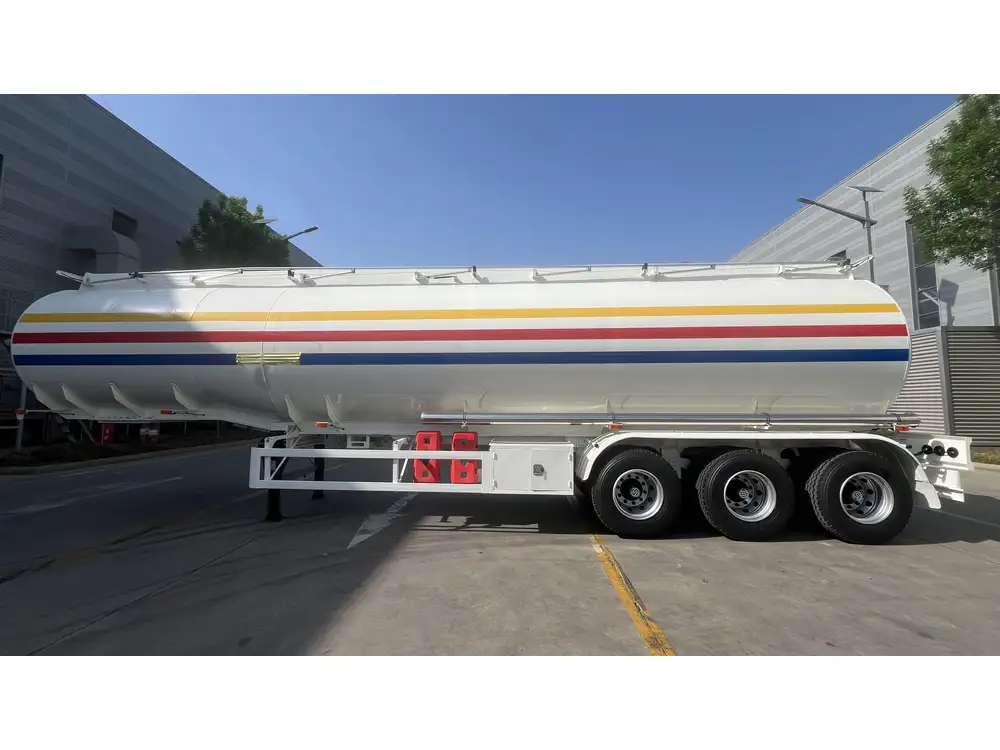
Uneven Ground Conditions
Challenge: When uncoupling on sloped surfaces, the trailer may roll unexpectedly.
Solution: Always utilize wheel chocks and, if available, leveling blocks to stabilize the trailer before beginning the uncoupling procedure.
Air Line Blockages
Challenge: Air hoses may get caught or kinked during the detachment process, leading to damage.
Solution: Tactically route air lines and cables to prevent pinching or binding. Regularly inspect air lines for wear and replace any that show signs of distress.
Miscommunication Among Team Members
Challenge: Confusion may occur if signals are unclear, leading to potential safety hazards.
Solution: Establish clear communication protocols and utilize standardized hand signals to denote various stages of the coupling and uncoupling process.
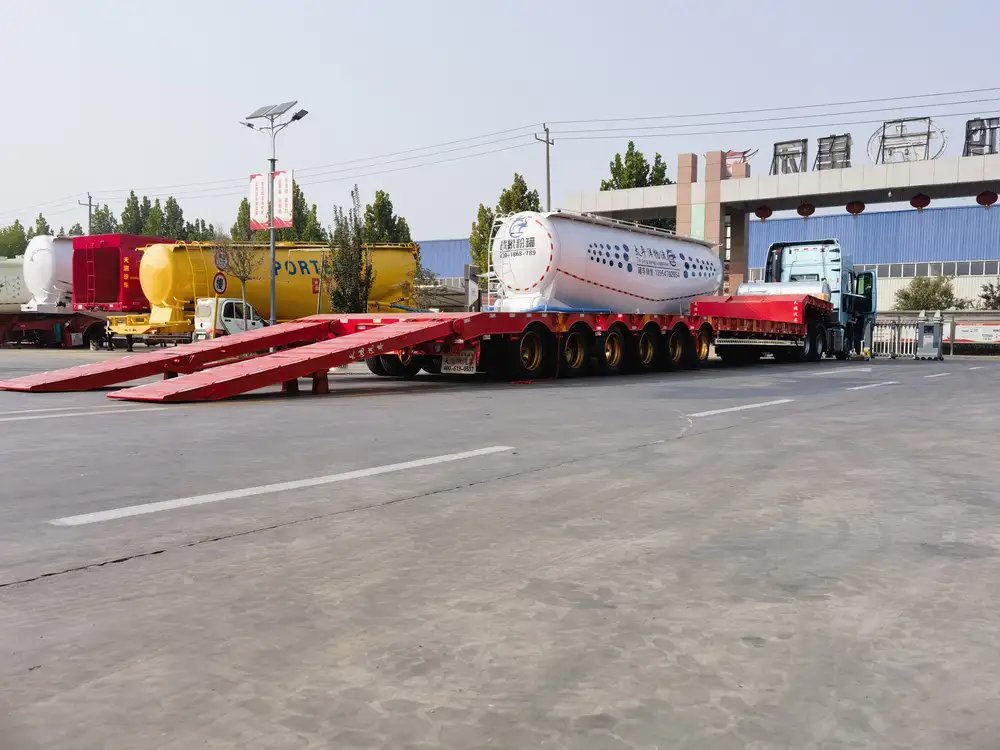
Best Practices for Regular Maintenance
Regular Inspections
Perform routine checks on both the trailer and the tractor unit. Focus on the following areas:
| Area | Inspection Focus |
|---|---|
| Coupling Mechanism | Inspect for wear, corrosion, or misalignment |
| Air Lines and Cables | Check for cracks, leaks, and proper fittings |
| Landing Gear | Ensure that legs are functioning and secure |
Training and Certification
Regular training sessions can keep staff updated on the latest safety protocols and techniques for uncoupling.
- Establish a certification process.
- Conduct periodic refresher courses.
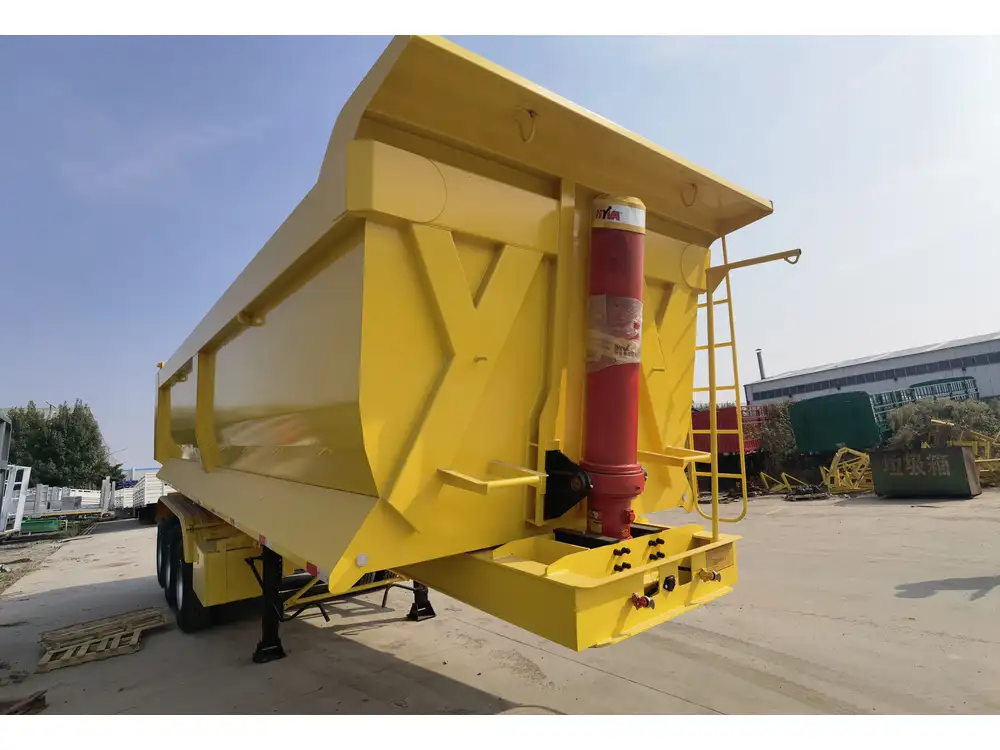
Conclusion
Mastering the process of uncoupling the rear semi-trailer is not merely an operational task; it is a vital safety measure that demands precision, attention to detail, and adherence to best practices. By understanding the coupling mechanisms and following a structured procedure, logistics professionals can ensure both their safety and the integrity of their equipment.
For manufacturers and operators alike, fostering a culture of safety through training, equipment maintenance, and clear communication will invariably result in enhanced performance and reduced risk. Successful uncoupling is not just about carrying out the procedure correctly; it’s about creating a safer working environment for everyone involved in the transportation process.
By emphasizing these practices, we not only enhance operational efficiency but also contribute to a positive safety culture within the logistics industry. In a field where time is money, mastering the nuances of trailer operations will lead to significant long-term benefits.



